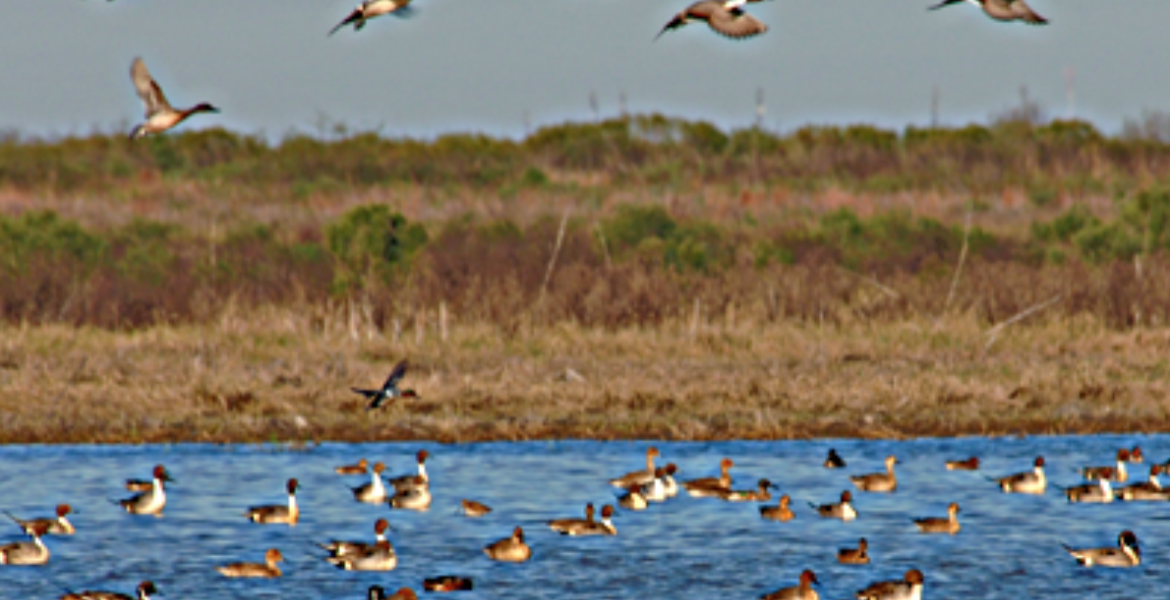AUSTIN – Chronic Wasting Disease (CWD) has been discovered in a deer breeding facility in Gillespie County. The Texas Parks and Wildlife Department (TPWD) and Texas Animal Health Commission (TAHC) are collaboratively working to determine the source and extent of the first positive detection of the disease in this county.
After the death of a white-tailed deer on the premises was identified, tissue samples from the one-year-old buck were submitted by the deer breeding facility as part of a required CWD surveillance program. The samples were tested at the Texas A&M Veterinary Medical Diagnostic Laboratory in College Station on August 17 and indicated the presence of CWD. The National Veterinary Services Laboratory in Ames, Iowa confirmed CWD in those tissue samples on August 30.
Immediate action has been taken to secure all deer located at the facility and plans to conduct additional CWD investigations are underway. Additionally, other breeding facilities that received deer or shipped deer to this facility, during the last five years, have been identified and placed under movement restrictions.
“Response staff are diligently working to conduct epidemiological investigations, but the nature of the disease makes definitive findings difficult to determine,” said Dr. Andy Schwartz, TAHC State Veterinarian. “The incubation period of CWD can span years creating disease detection and management challenges.”
Animal health and wildlife officials will investigate to determine the extent of the disease within the facility and mitigate risks to Texas’ CWD susceptible species. Quick detection of CWD can help mitigate the disease’s spread.
“The discovery of CWD in this breeding facility is an unfortunate situation that TPWD and TAHC take very seriously,” said John Silovsky, Wildlife Division Director for TPWD. “Both agencies will respond appropriately to this matter to protect the state’s susceptible species from further disease exposure.”
First recognized in 1967 in captive mule deer in Colorado, CWD has since been documented in captive and/or free-ranging deer in 30 states and three Canadian provinces. To date, 376 captive or free-ranging cervids — including white-tailed deer, mule deer, red deer and elk — in 15 Texas counties have tested positive for CWD. For more information on previous detections visit the CWD page on the TPWD website.
Testing for CWD allows wildlife biologists and animal health officials to get a clearer picture of the prevalence and distribution of the disease across Texas. Proactive monitoring improves the state’s response time to a CWD detection and can greatly reduce the risk of the disease further spreading to neighboring captive and free-ranging populations. With each discovery of a new CWD positive area in the state, CWD zones are established as a strategy to manage and contain the disease. TPWD officials will be working towards delineating and establishing a new zone in Gillespie County to be implemented later this fall.
Hunters in surveillance and containment zones must meet submission requirements of harvested CWD susceptible species. TPWD will be providing additional information to landowners and hunters in Gillespie County regarding CWD sampling locations and options to have their deer tested. Additionally, hunters outside of established surveillance and containment zones are encouraged to voluntarily submit their harvest for testing at a check station, for free, before heading home from the field. A map of TPWD check stations for all CWD zones can be found on the TPWD website.
CWD is a fatal neurological disease found in certain cervids, including deer, elk, moose and other members of the deer family. The disease is highly transmissible and can remain infectious on the landscape for several years. If left unmanaged, CWD can have long-term impacts on the native deer herd and local economies. Clinical signs may include progressive weight loss, stumbling or tremors with a lack of coordination, excessive thirst, salivation or urination, loss of appetite, teeth grinding, abnormal head posture and/or drooping ears. These signs may not become evident until long after animals have become infected. Therefore, testing is the best tool available for detecting CWD at an early stage and containing it with appropriate management strategies.
To date there is no evidence that CWD poses a risk to humans or non-cervids. However, as a precaution, the U.S. Centers for Disease Control and the World Health Organization recommend not to consume meat from infected animals.
Subscribe to the LIVE! Daily
Required






Post a comment to this article here: